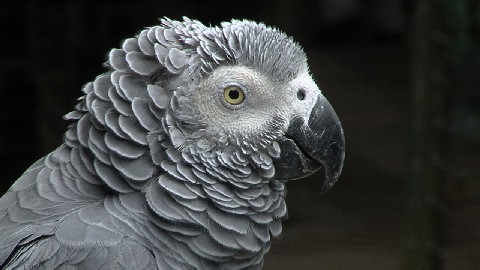
While greys have disappeared from their natural range, South Africa has developed the largest grey parrot breeding industry in the world. Today, 8 out of 10 captive bred African Greys parrots sold globally come from South Africa with a demand for export, according to the parrot breeders, as high as 100 000 birds each year. Now just imagine how many Grey parrots are caught up in the pet trade on home soil in this same country that breeds and export a hundred thousand Grey parrots a year. The real ugly and heartbreaking side of this pet industry are the Greys confined to a small cage for the rest of their long lives; African Grey parrots can live for 40-60 years in captivity.
Many of these parrots eventually end up as unwanted pets due to different reasons; elderly people who took on a parrot in their younger years find themselves moving into smaller homes or retirement villages where these parrots are no longer welcome or even elderly people passing away leaving parrots behind, people emigrating from South Africa not able to take these birds with them and then the people who come to realise how unfair it is to confine a single parrot to a cage.
Facts:
SAASA – South African Animal Sanctuary Alliance, strives to improve the lives of caged primates, birds and other wildlife. The Square Meter for Monkeys Campaign is only the FIRST real Real Estate deal between humans and animals. Making history one square at a time
Monkeyland Primate Sanctuary in Plettenberg Bay, South Africa is the worlds first free roaming multi-specie primate sanctuary and aims to create awareness about the plight of primates and foster a greater understanding of our primate cousins.